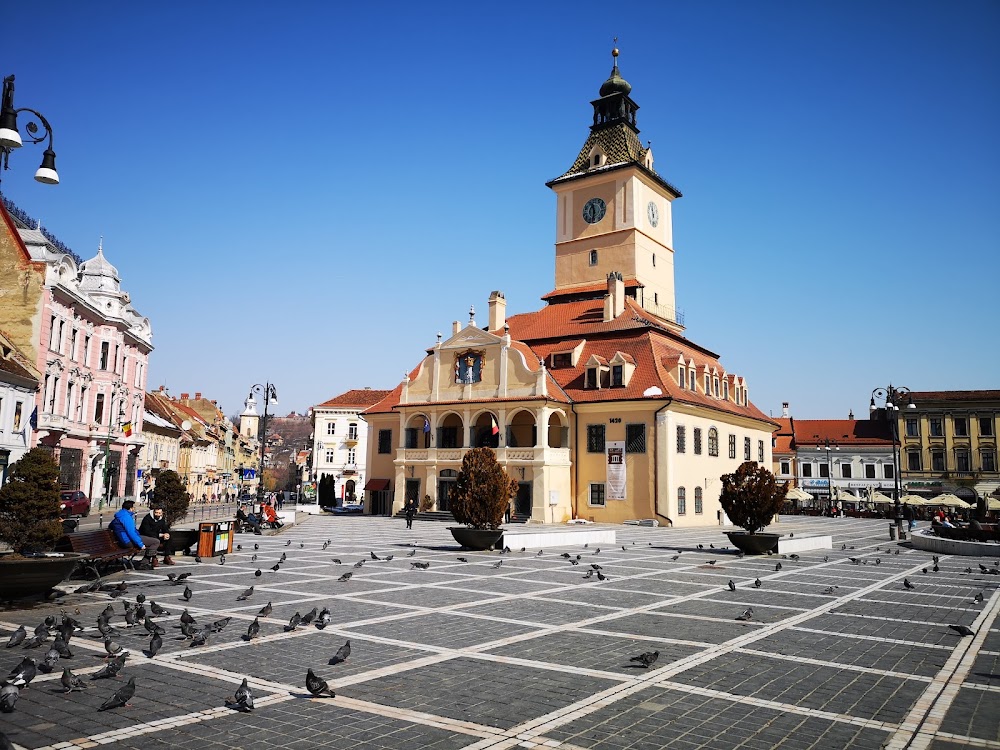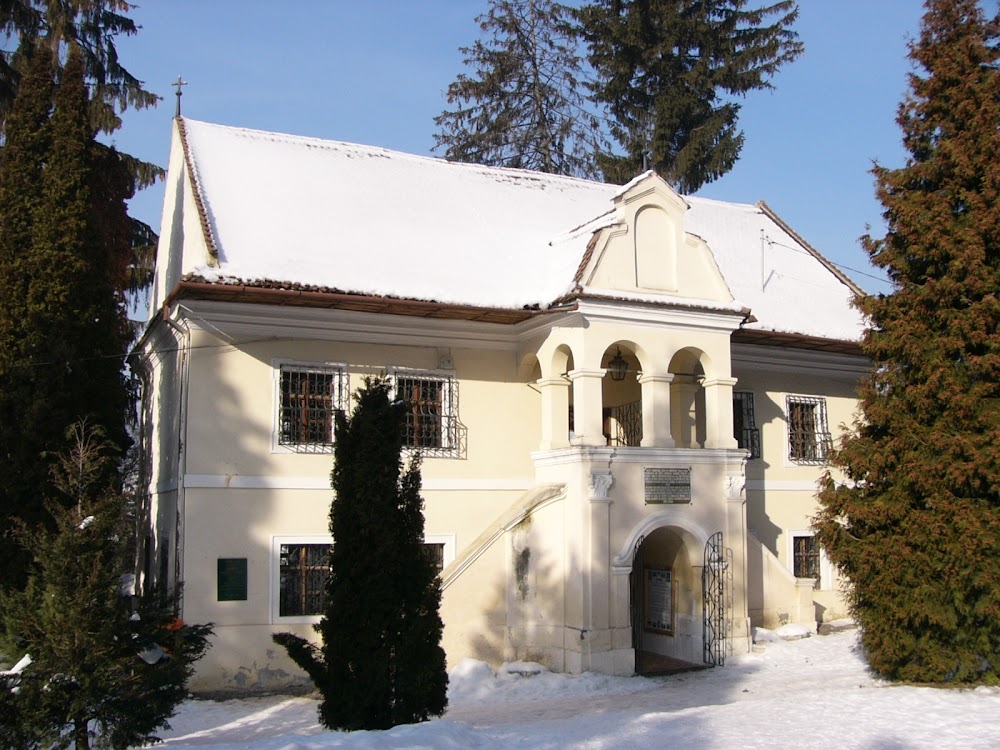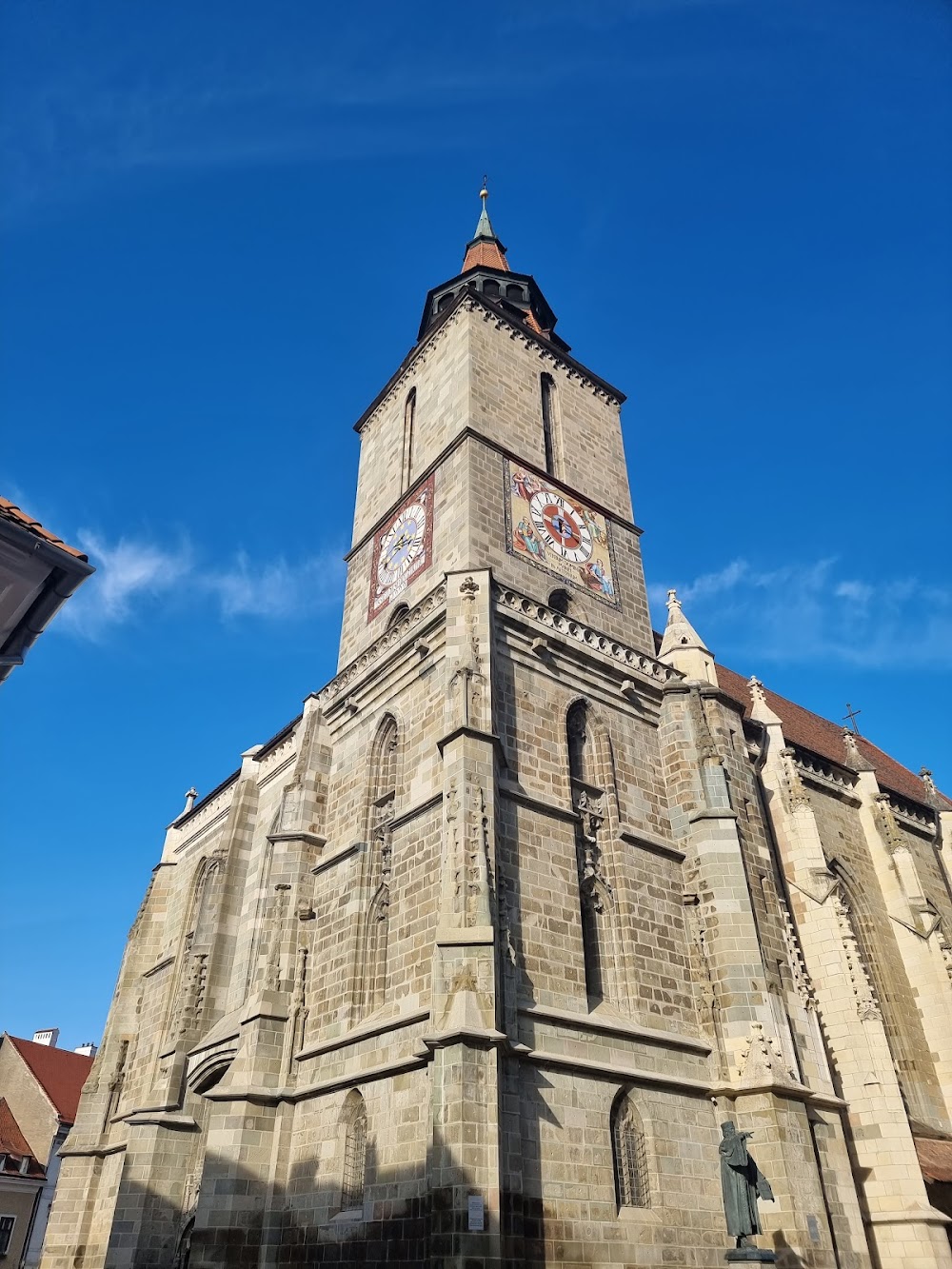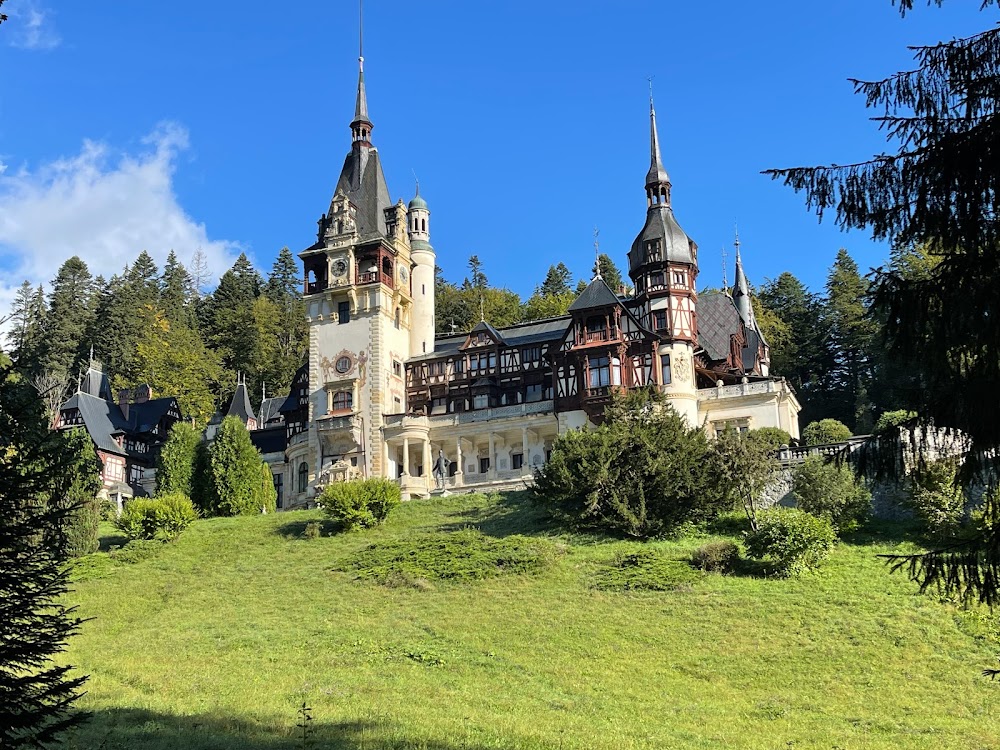Râșnov Fortress (Cetatea Râșnov)
Overview
Râșnov Citadel is a stunning fortress perched atop a rocky hill in Brașov County, Romania. Overlooking the charming town of Râșnov, this medieval stronghold offers visitors breathtaking panoramic views of the surrounding landscape. Its rich history stretches back to the early 13th century, making it a significant landmark in the region.
Historical Significance
Originally constructed around 1215 by the Teutonic Knights, Râșnov Citadel was built on the site of an earlier wooden fortification. Its primary role was to defend the area from invading Mongol and Tartar forces. Unlike many other fortresses of its time, Râșnov served as a refuge for the local population during sieges, providing safety and security amid conflict.
Construction and Design
The construction of this formidable stone fortress was an extensive endeavor. Local villagers collaborated with the knights, utilizing limestone and rubble stones sourced from nearby quarries. The citadel's walls are impressively thick, reaching up to 5 meters in certain areas, while tall and sturdy towers enhance its defensive prowess.
One of the most remarkable features of Râșnov Citadel is its well, essential for the survival of its residents during prolonged sieges. Dug between 1623 and 1640, the well plunges to a depth of around 150 meters. Legend has it that two Turkish prisoners were promised freedom if they completed the well, taking an incredible 17 years to finish it.
Life Inside the Citadel
The interior of Râșnov Citadel was thoughtfully divided into various sectors, including living quarters, workshops, storerooms, and even a chapel. Local families made their homes within the fortress walls, and communal spaces were dedicated to gatherings and religious ceremonies. The presence of a school ensured that life continued relatively normally, even during tumultuous times.
Historical Conflicts
Throughout its long history, Râșnov Citadel has witnessed numerous battles and sieges. In 1612, it fell to Gabriel Bethlen’s forces during the conflicts between the Habsburgs and the Ottoman Empire. However, it showcased its resilience in 1658, successfully withstanding an invasion by Ottoman troops.
Architectural Evolution
Over the centuries, Râșnov Citadel evolved, incorporating architectural styles and upgrades in response to changing military technologies and tactics. By the 18th century, the fortress underwent modernization while still retaining much of its medieval character.
However, as new political and military dynamics emerged in Europe during the late 19th century, the citadel lost its strategic importance and fell into disrepair. It wasn’t until the mid-20th century that restoration efforts began, aimed at preserving it as a historical monument.
Modern-Day Attraction
Today, Râșnov Citadel stands as a popular tourist destination and cultural hub. Visitors can explore its historic walls, towers, and meticulously restored interiors. The citadel also hosts a variety of festivals, reenactments, and cultural events throughout the year, making it a vibrant part of the local community.
Additionally, a small museum within the fortress showcases artifacts from its storied past, including medieval weapons, tools, and everyday objects used by its residents. This museum enriches visitors' understanding of life within the mighty walls of Râșnov Citadel.
Commitment to Preservation
The restoration and preservation of Râșnov Citadel have been a dedicated effort involving historians, archaeologists, and preservationists committed to maintaining its historical integrity. Their tireless work ensures that this incredible fortress will continue to stand as a testament to the ingenuity and resilience of those who built and defended it throughout the centuries.







